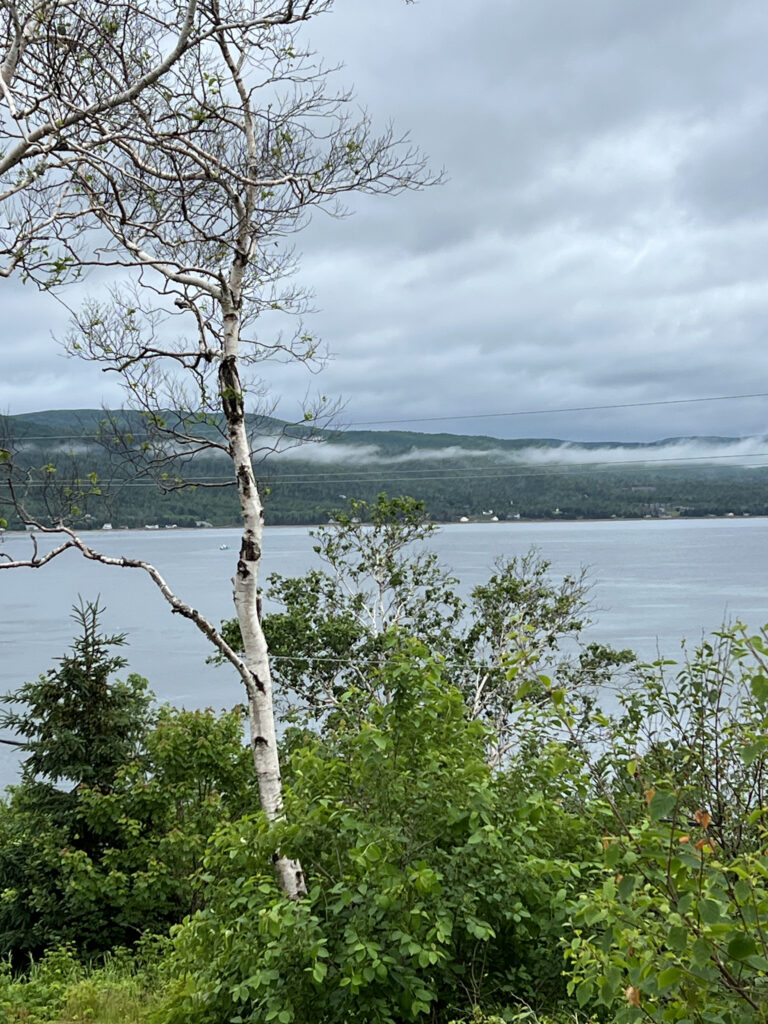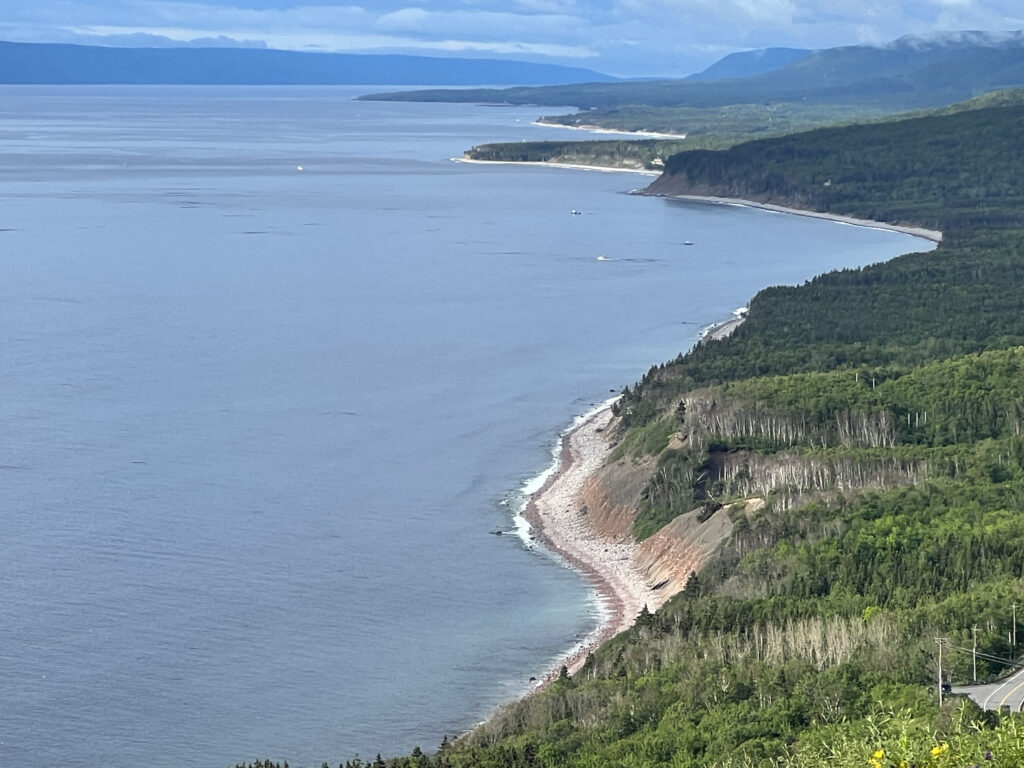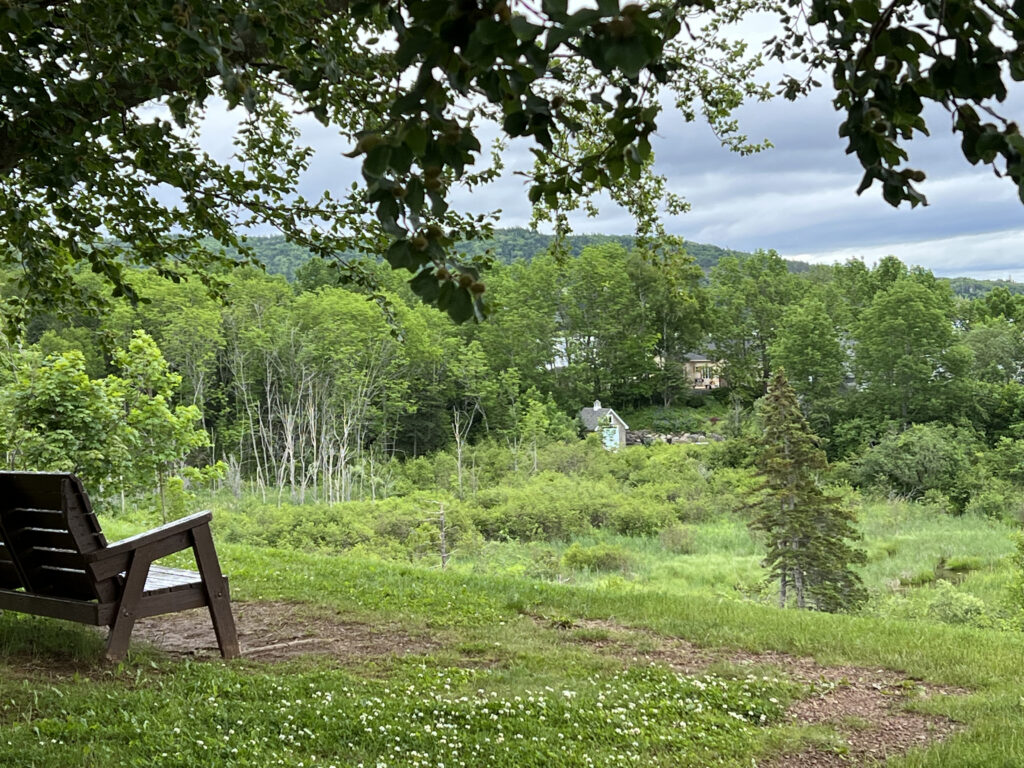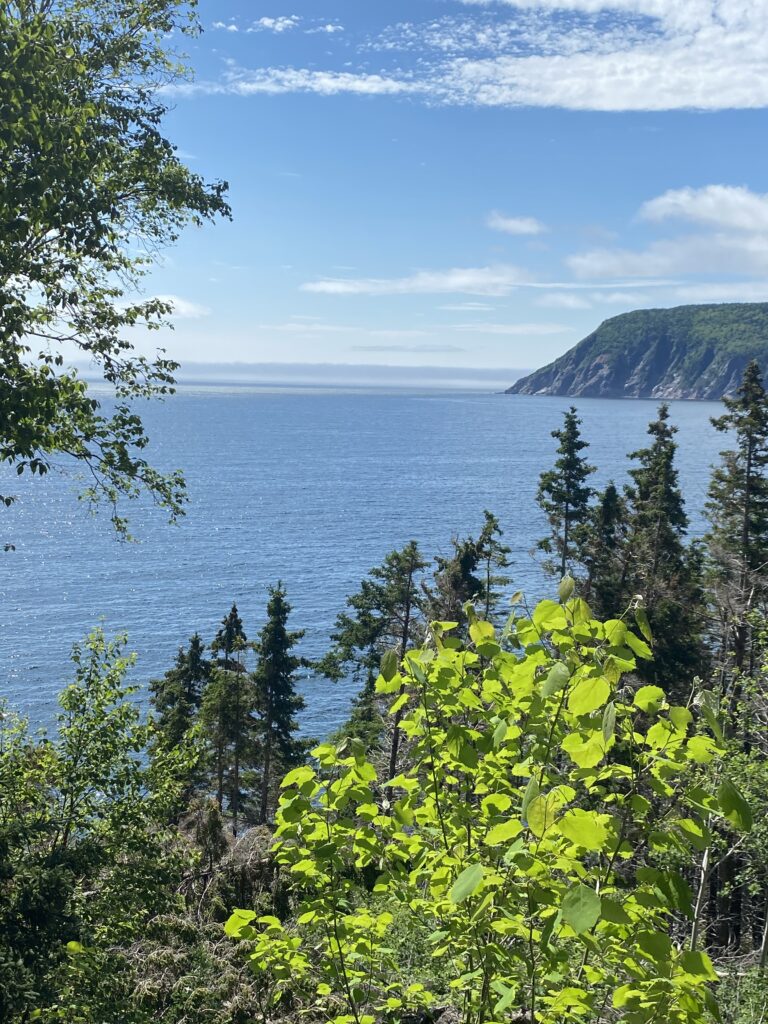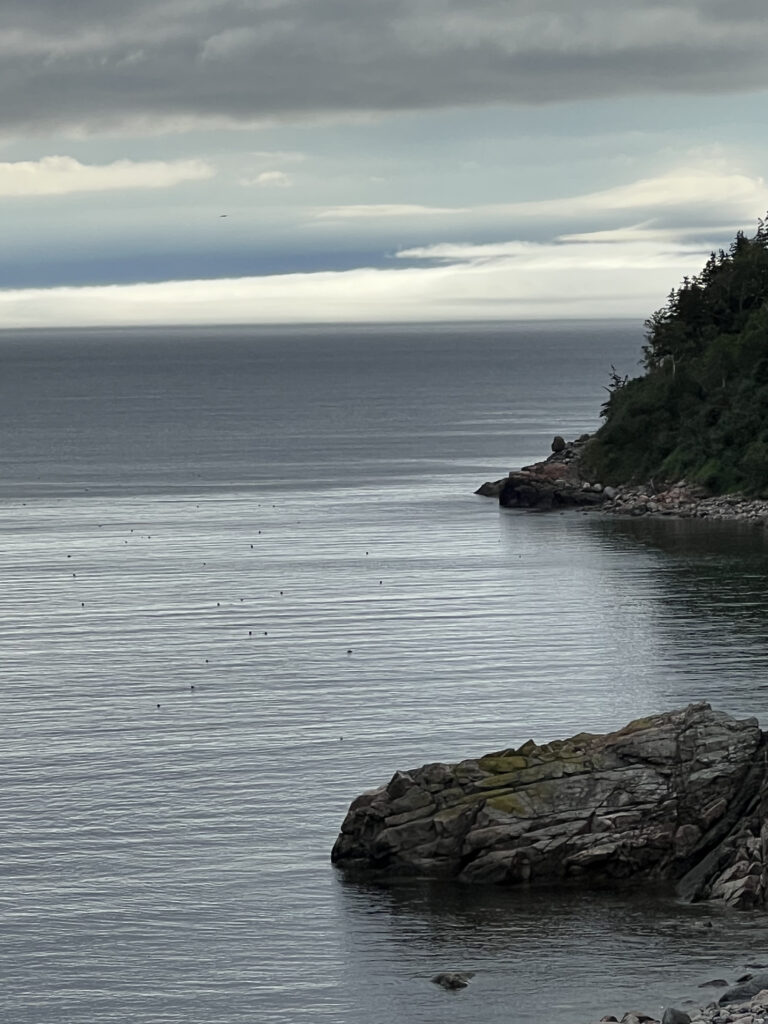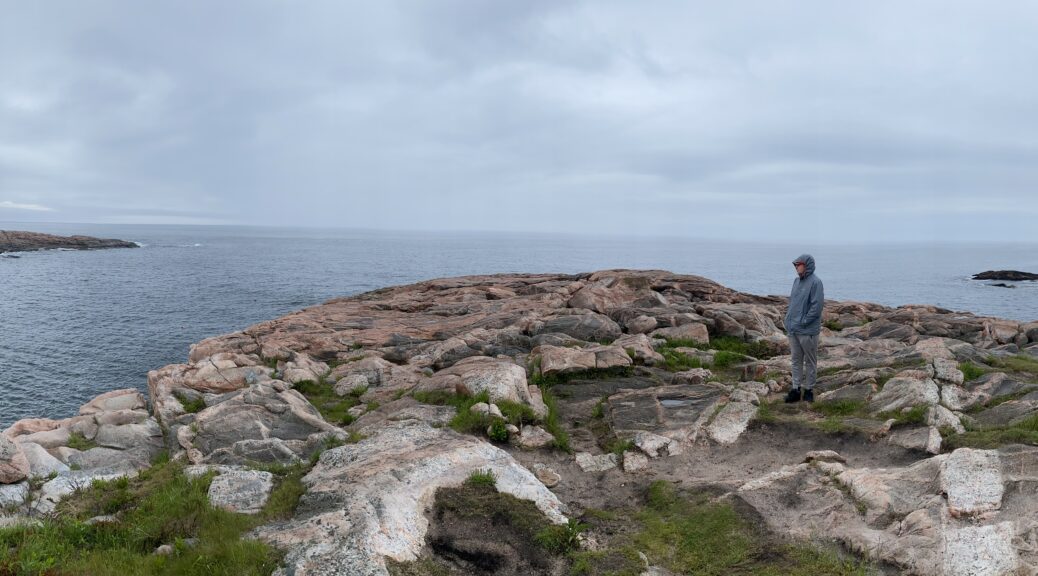
Cape Breton Island
We left Prince Edward Island and traveled back to Nova Scotia. We stayed on Cape Breton Island at the Keltic Lodge. It was set on beautiful grounds within Cape Breton Highlands National Park. As we walked the grounds, we were treated to beautiful scenery and also saw several lobster boats setting and retrieving their traps. These are pictures taken at Keltic Lodge.
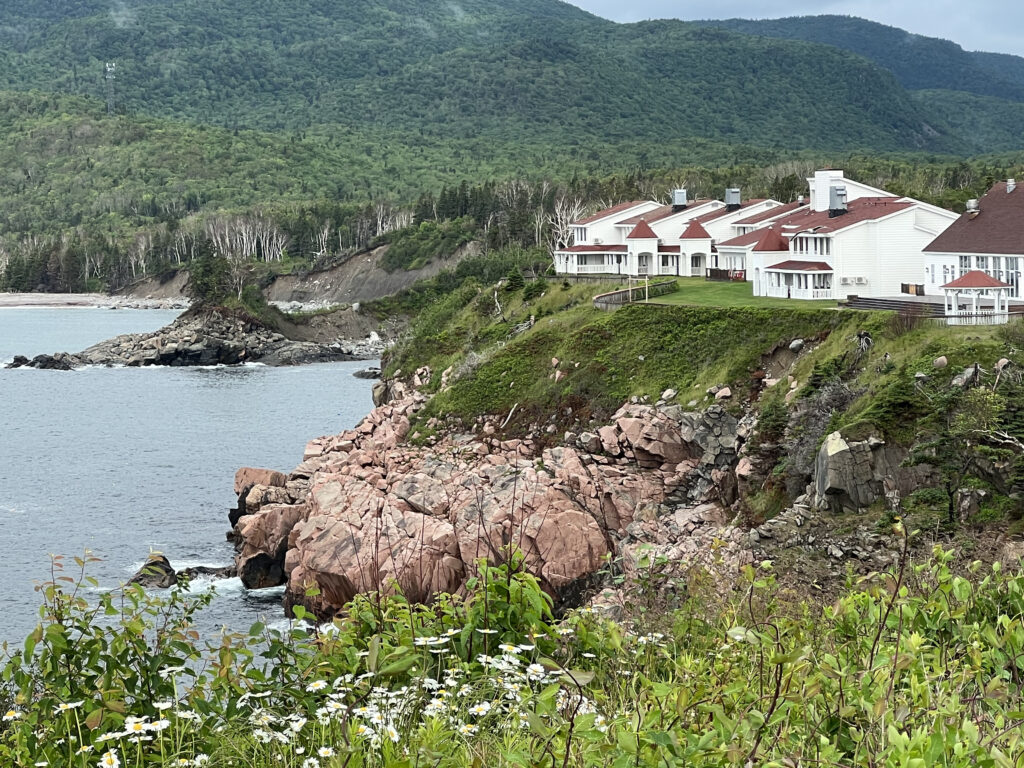
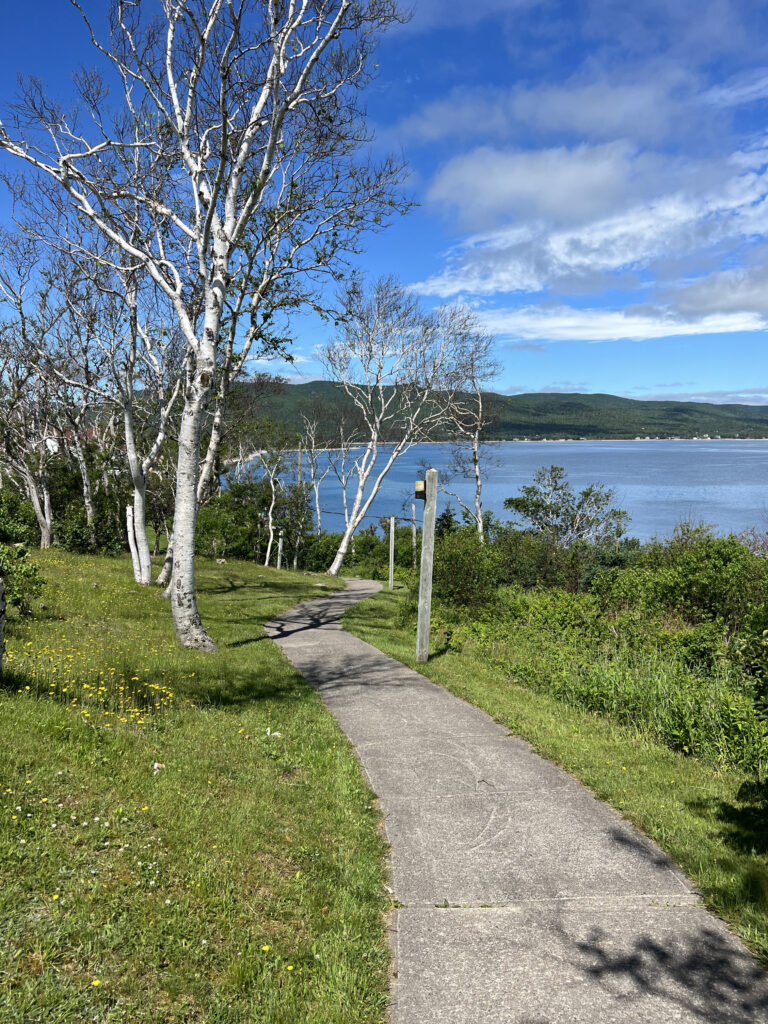
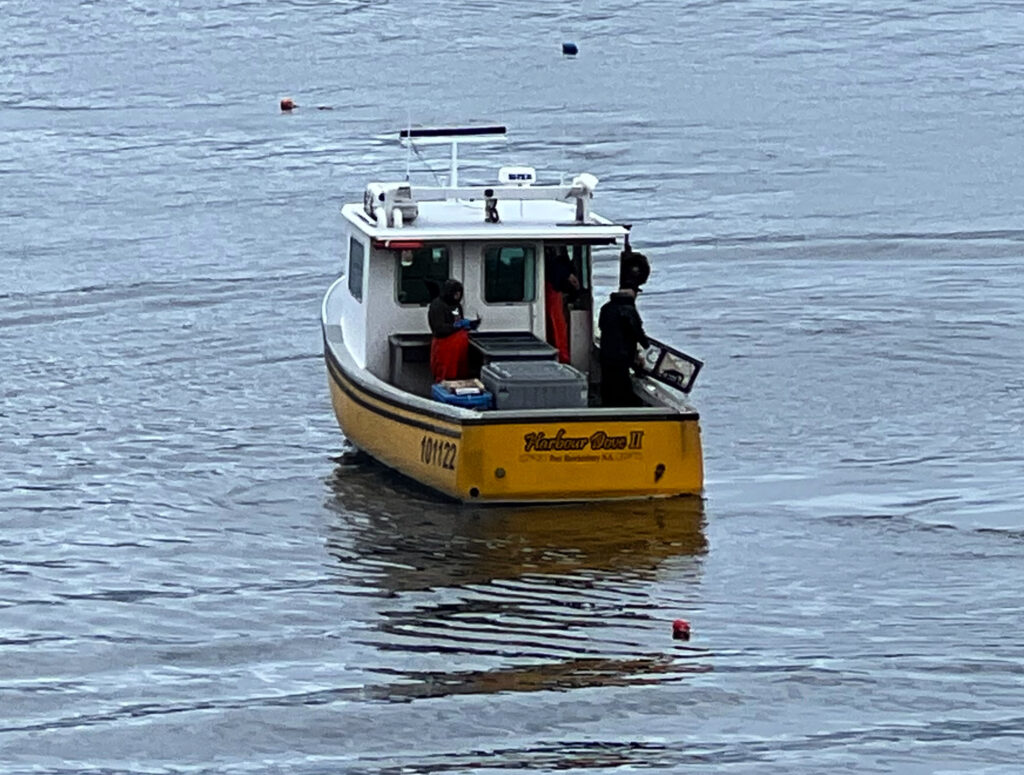
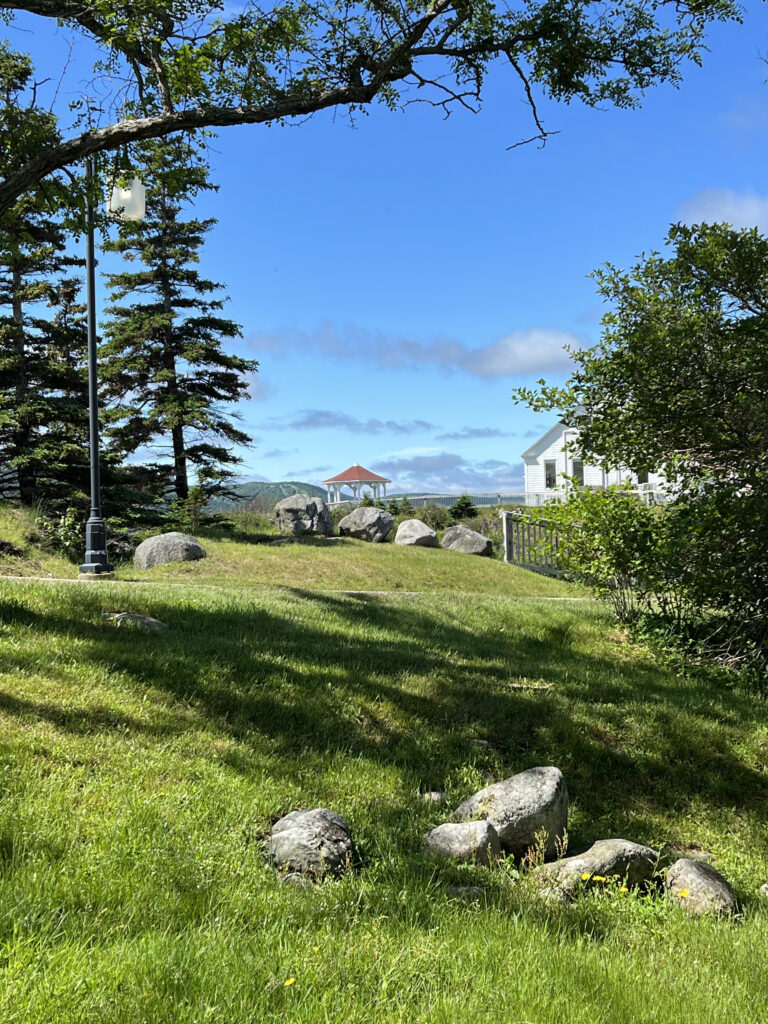
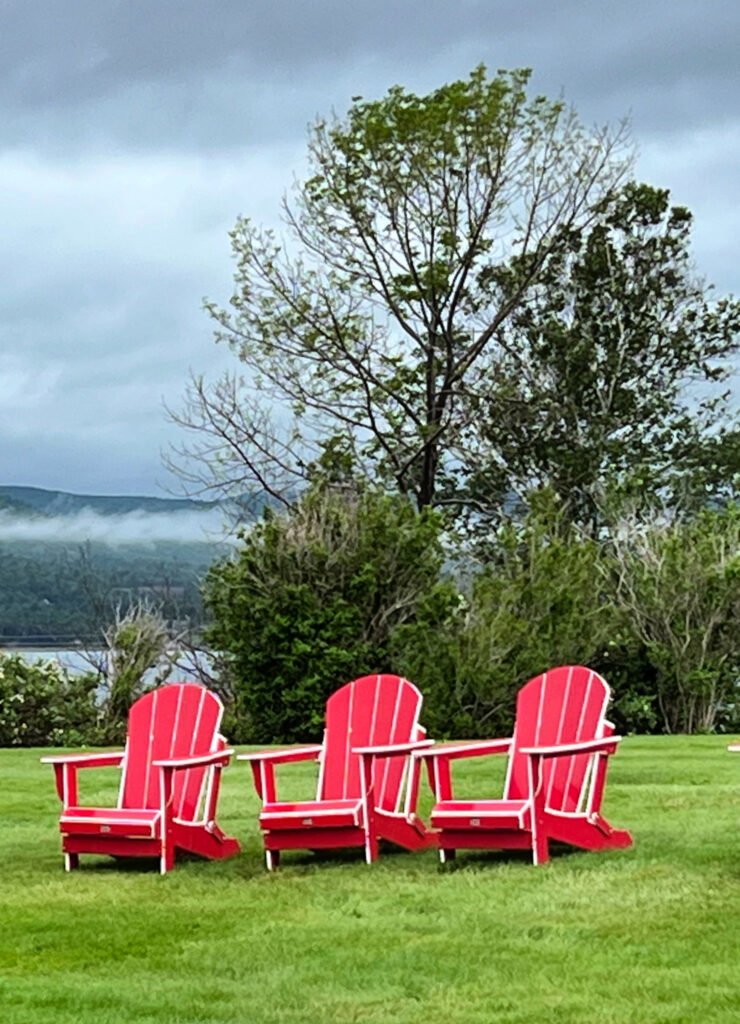
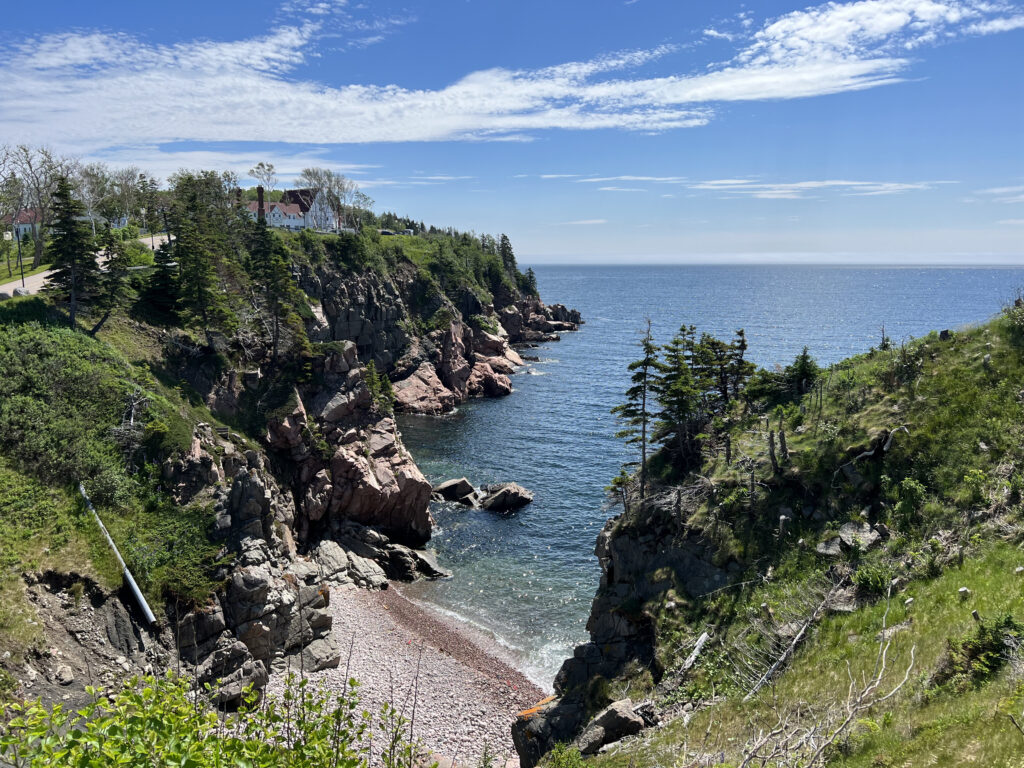
These pictures were taken at a quick photo stop at Black Brook, part of Cape Breton Highlands National Park. The sound of the waves crashing against the rocks was incredible.
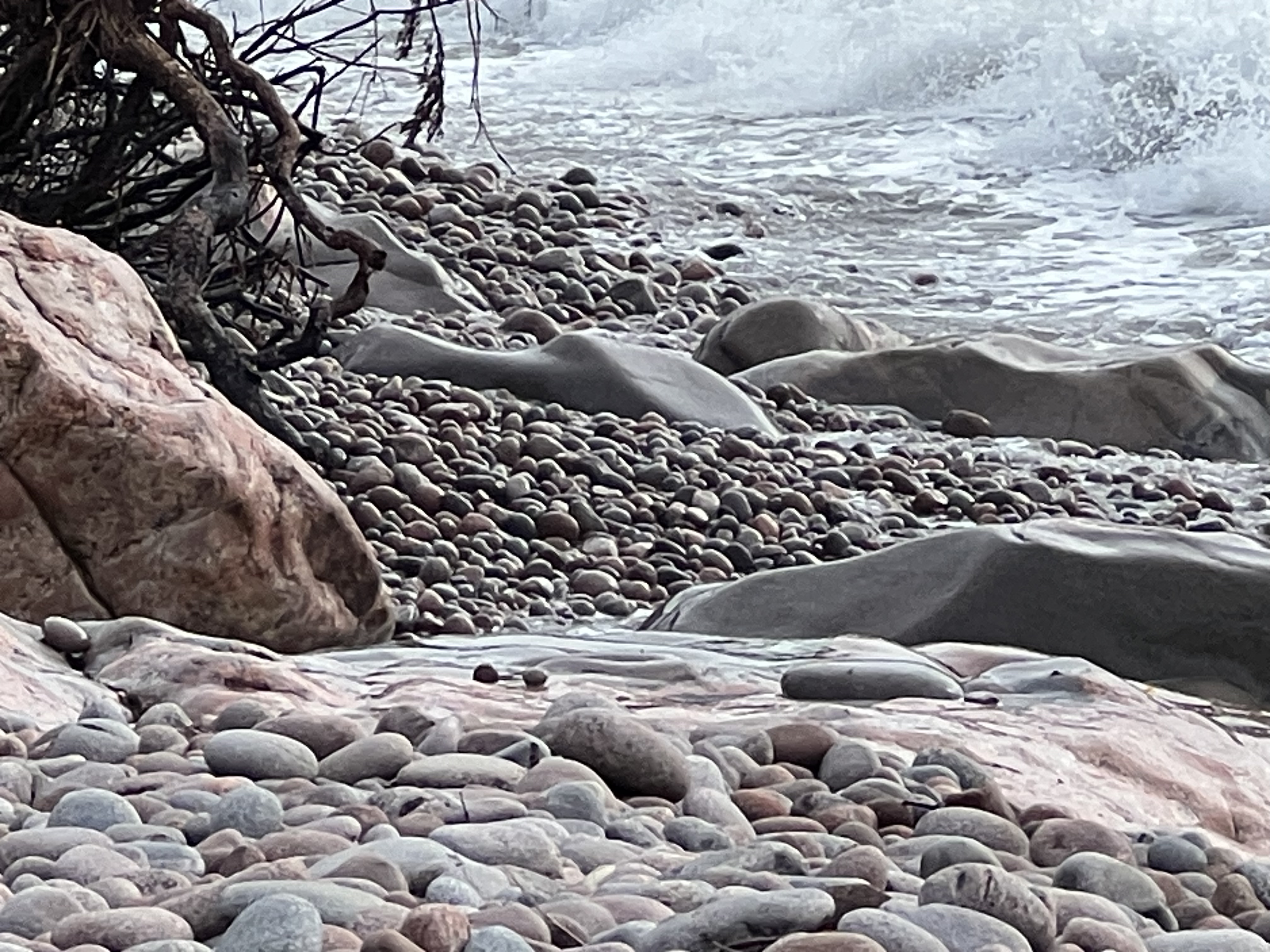
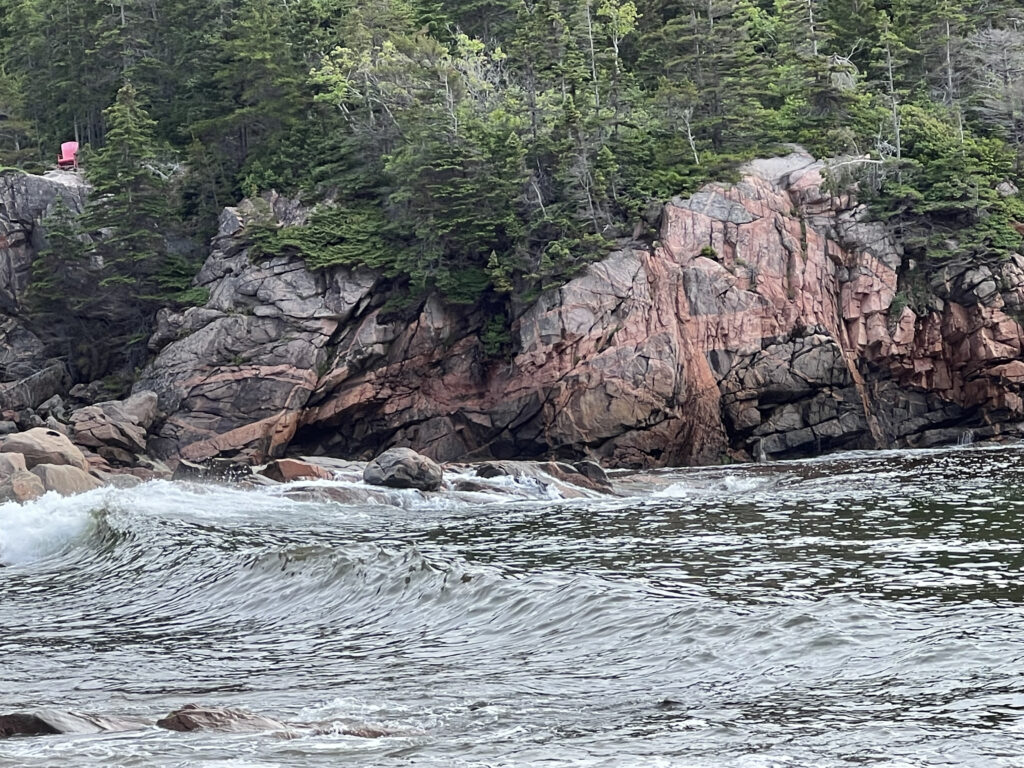
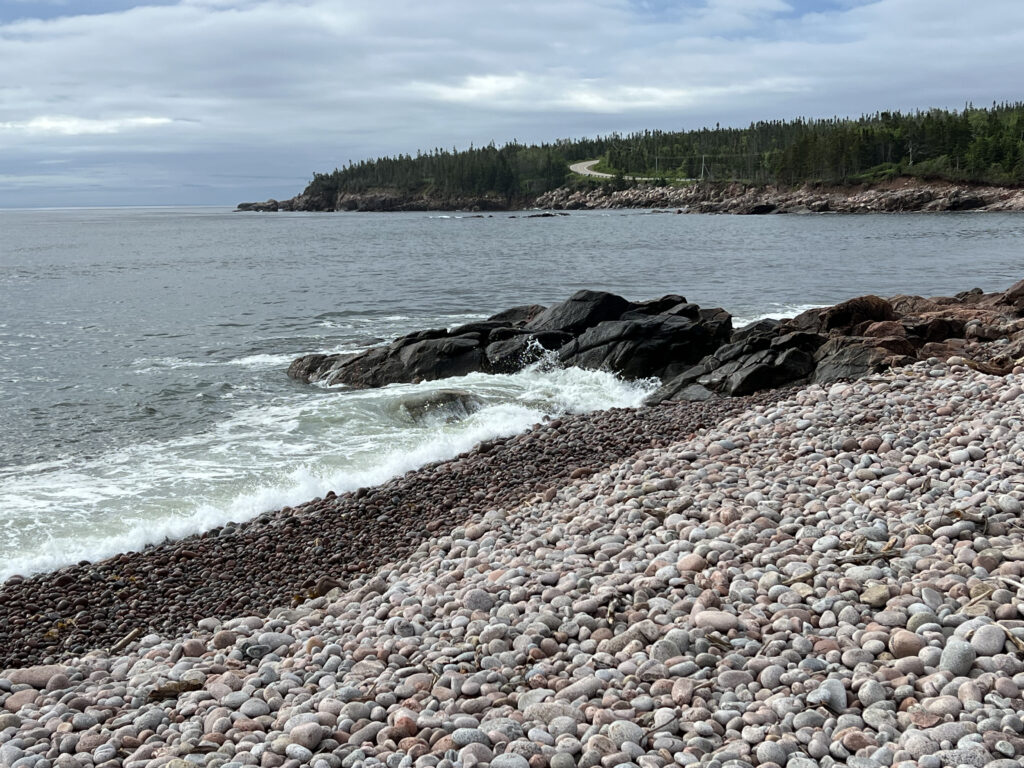
We also stopped at the Petit Etang Beach that overlooks the Gulf of St. Lawrence. This is one of the most popular places to take pictures of the Cabot Trail. This is also a place to see migrating whales. Pilot whales can be seen in the second picture. They swim in family groups called pods. They hunt for fish and squid along the coast.
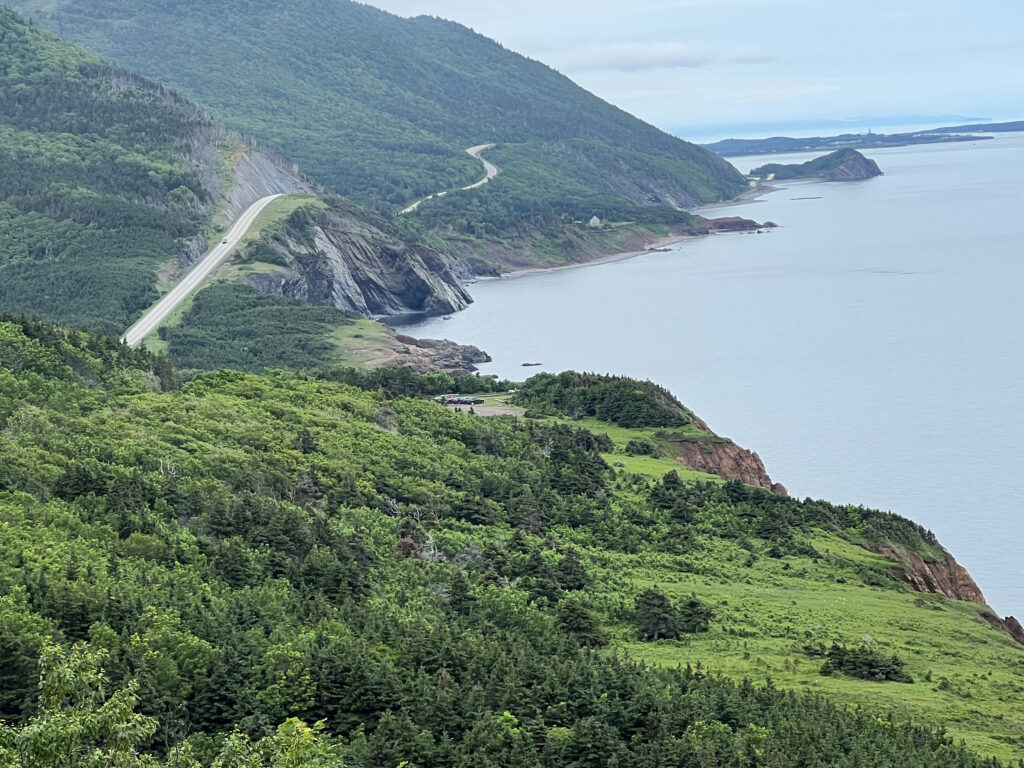
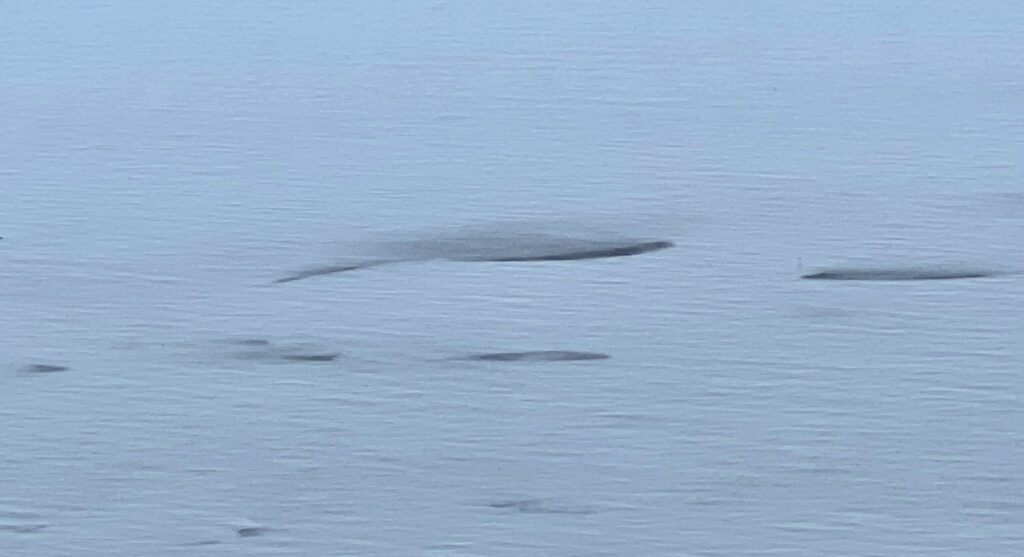
We visited St. Peter’s Church in Cheticamp. Cheticamp is located on the west coast of Cape Breton Island on the Cabot Trail. It is an old Acadian (French-speaking) fishing village. The present church was constructed in the late 1800s. The exterior is made of sandstone. These rocks were hauled over ice by a group of church volunteers using horses and sleighs. The interior of the church was repainted in 1957 at which time frescoes and stained glass windows were added. As we gathered near the altar, our tour director led us in singing Amazing Grace.
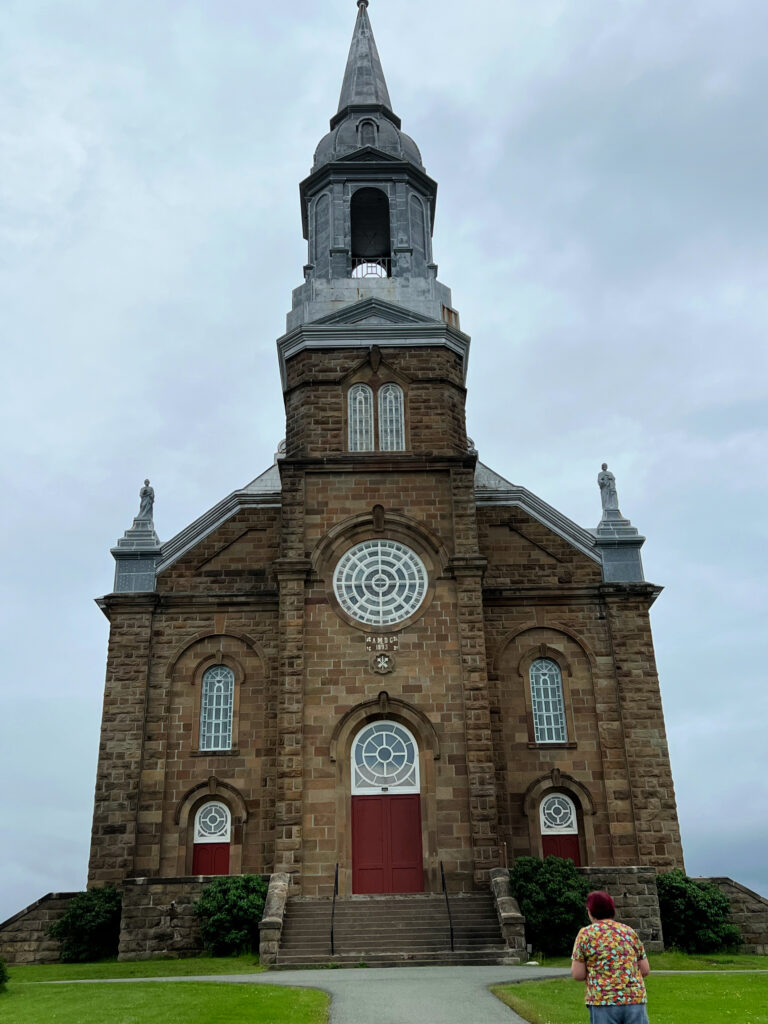
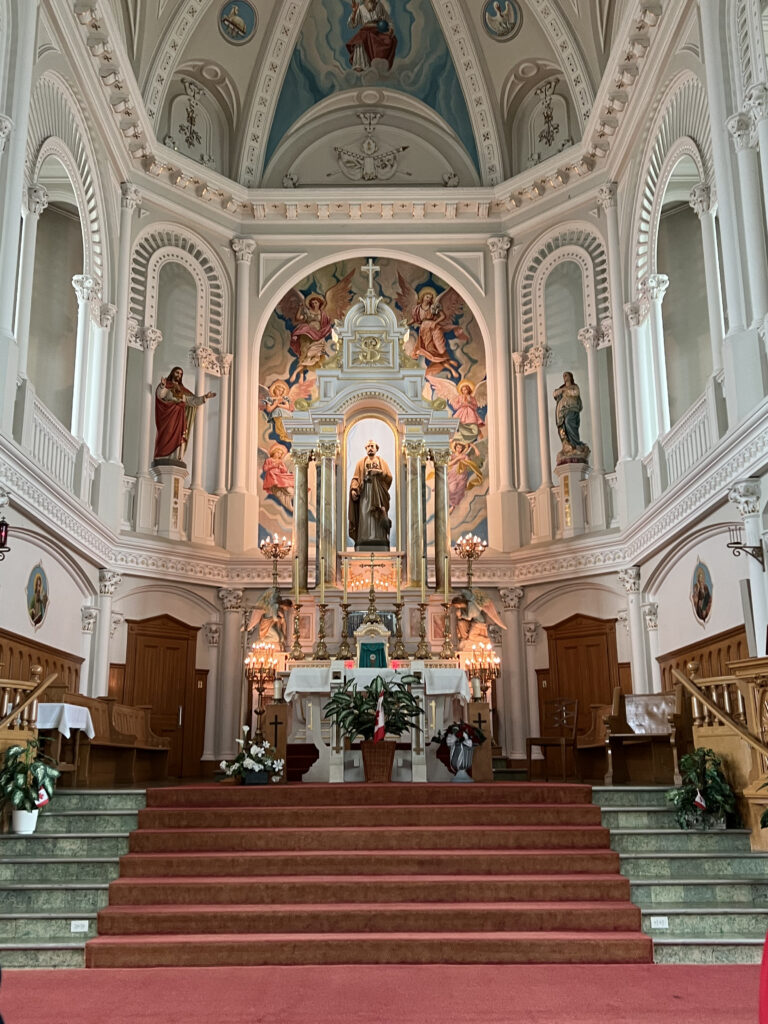
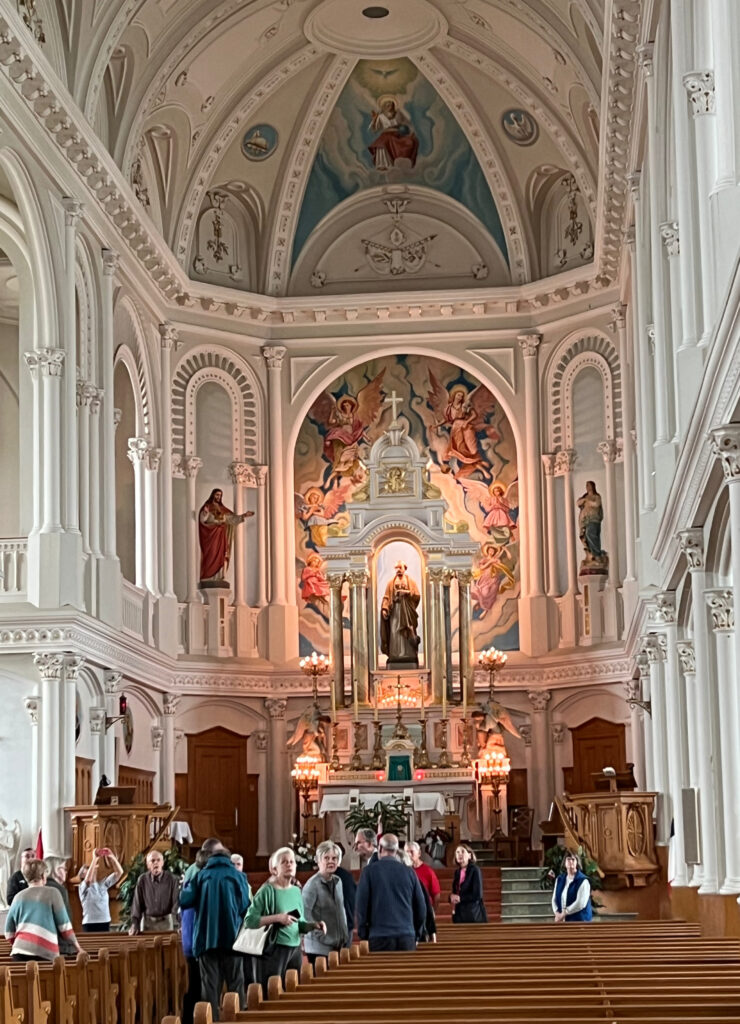
We next visited the Museum of the Hooked Rug and Home Life, also on Cape Breton Island. It featured Cheticamp hooked rugs. The tradition began with “rag hooking” which was done by first cutting long strips of old clothing and then hooking these fabric strips into rugs. Burlap, often from old feed sacks, was used as the backing.
The gallery displayed both traditional and contemporary rugs. The detail was incredible. There were landscapes, portraits and much more. A docent demonstrated the process of rug making.
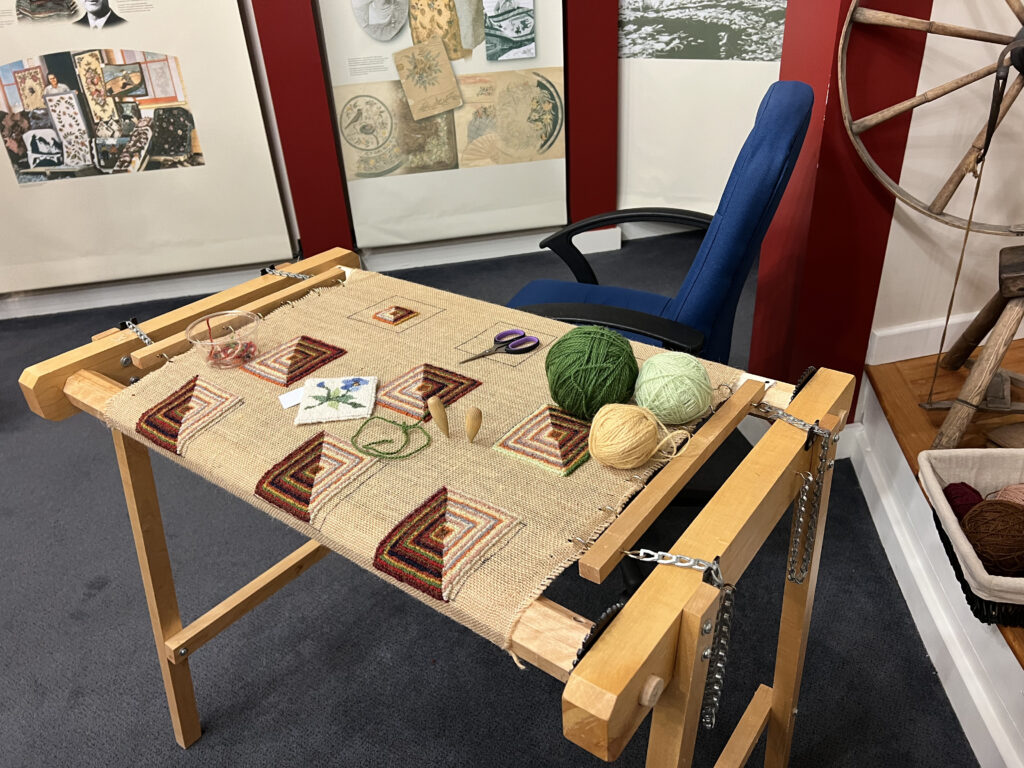
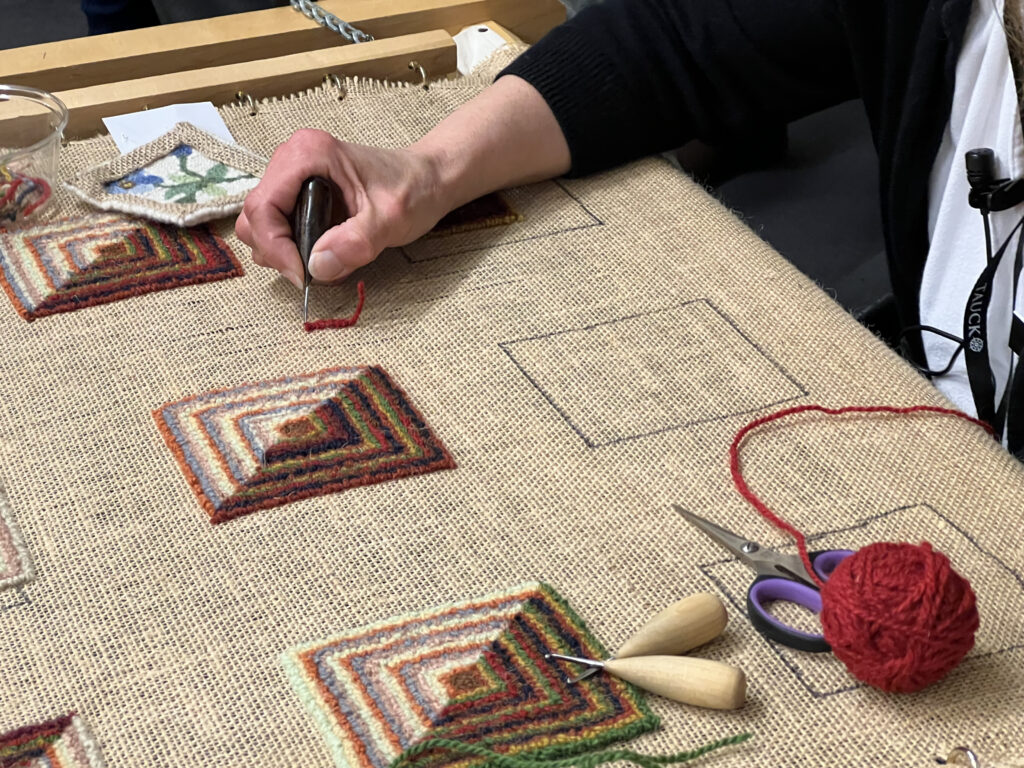
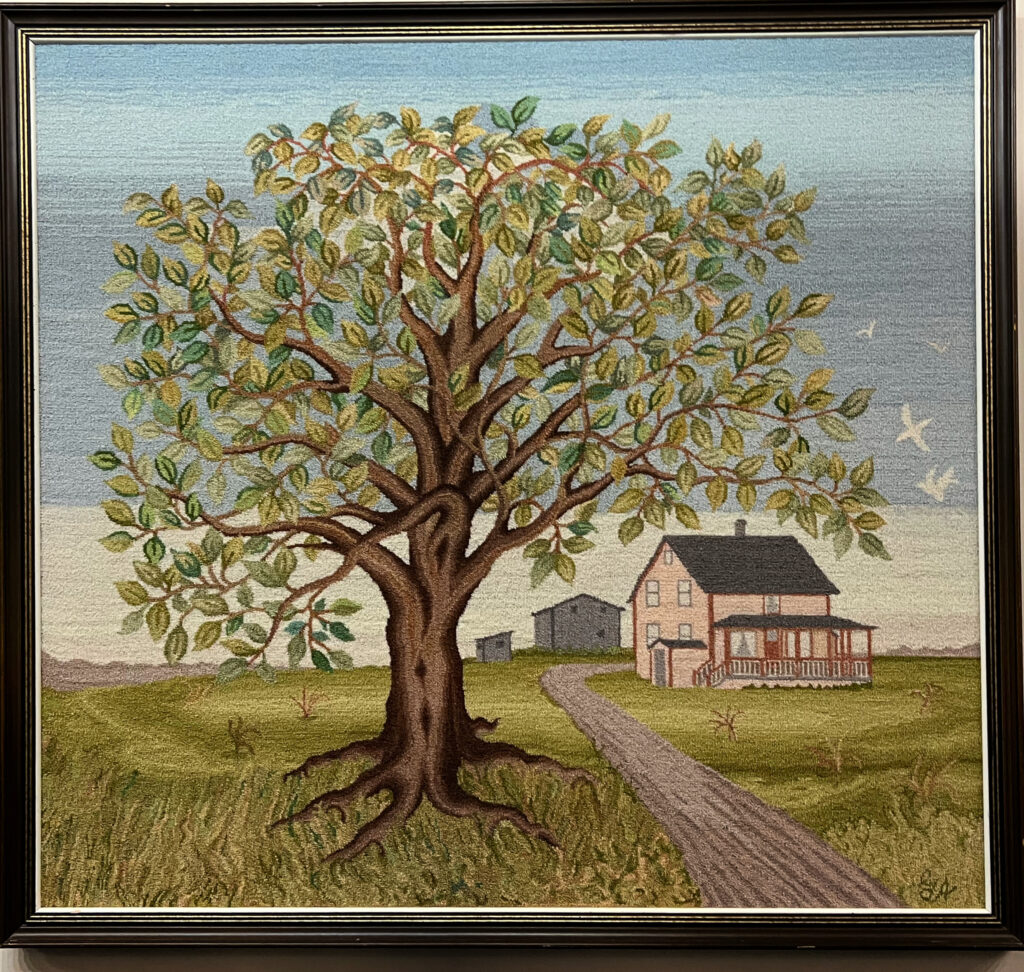
On another day we visited the Alexander Graham Bell Historical Site in Baddeck, Nova Scotia which is also on Cape Breton Island. Besides the telephone, Bell was involved with other inventions, one of which was manned aircraft. The Aerial Experiment Association began their work in 1907 at the summer home of Bell. Funded by Bell’s wife Mabel, the work was a collaborative effort focused on powered aircraft. In just 18 months, the Association built four airplanes, conducted the first public flying exhibition in America and made its maiden flight in Canada.
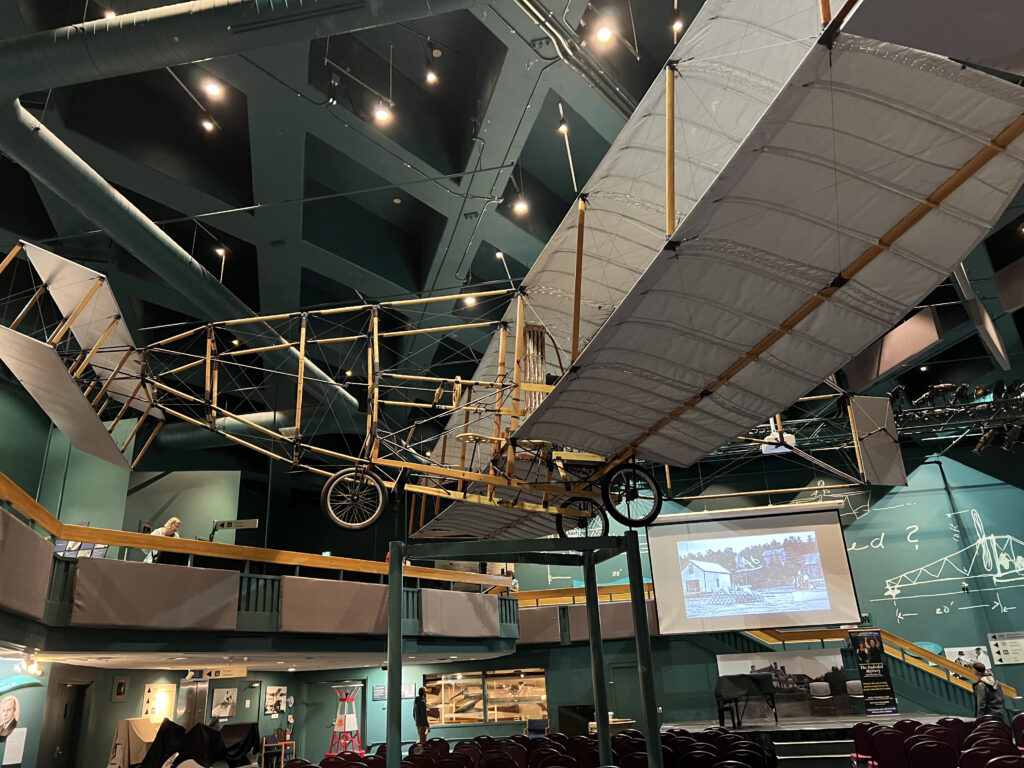
We made a stop in the nearby Grade Anse Valley, also within the Cape Breton Highlands National Park. There are sugar maple trees that are over 400 years old (first picture shows the hiking trail). It is one of the largest old-growth hardwood forests in the Maritimes. There is also a Scottish crofter’s (farmer’s) hut near the head of a short trail. The hut is called a lone shieling and provided protection to the crofter and sometimes his animals. It was open at one end to provide light but could be closed with peat moss during storms. The floor was simply dirt and the crofter could start a fire on the floor for heat.
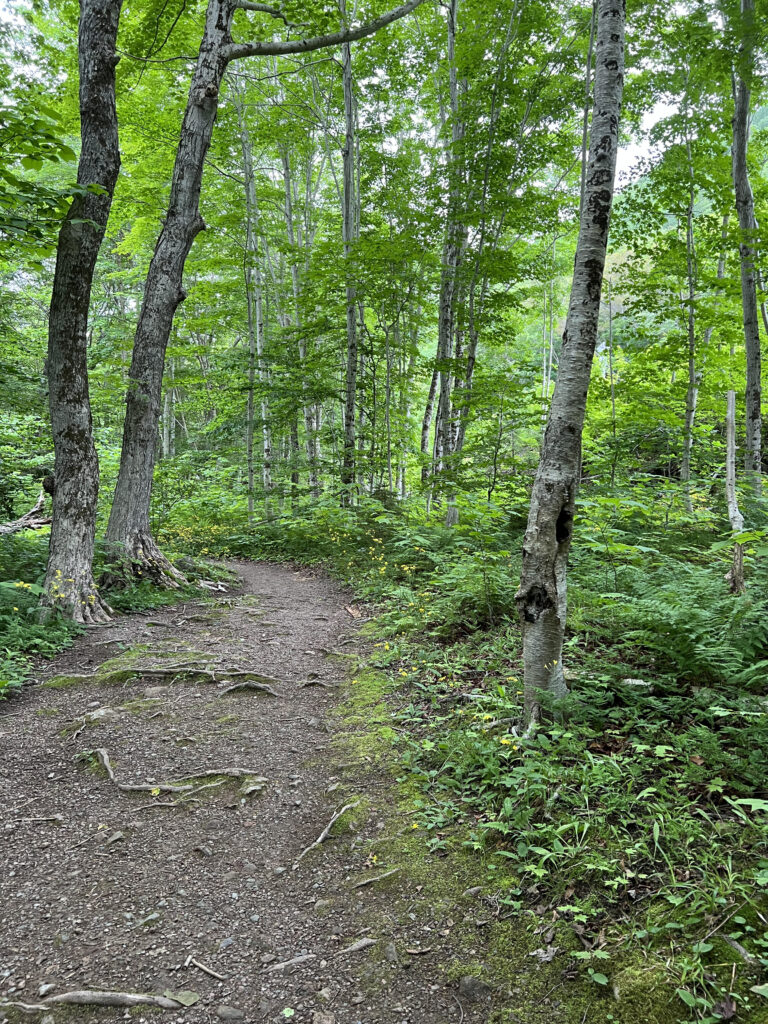
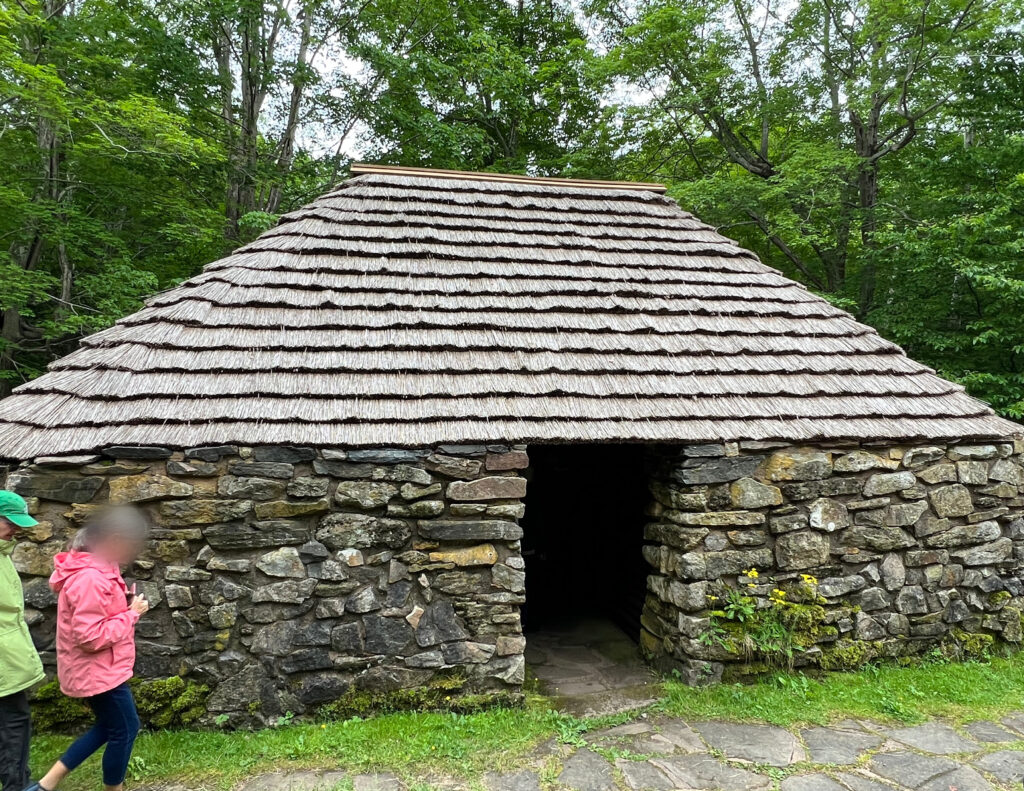
Many of the people in this area have a Scottish background and they are making efforts to preserve their culture and pass it along to their children. We had a very interesting visit at the Gaelic College, a non-profit educational facility offering programming in the culture, music, language and customs of the immigrants from the Highlands of Scotland. Students of all ages can learn about such things as the Cape Breton fiddle, piano, guitar, bagpiping, highland dancing, weaving, and the Gaelic language. It is the only institution of its kind in North America. Its mission is to preserve and perpetuate the Gaelic culture.
When we visited, we learned about the different tartans. There are specific tartan plaids for different geographic areas such as Prince Edward Island and New Brunswick. Even Cape Breton has its own tartan. One of the instructors demonstrated how kilts are made and worn. Another instructor taught us a few words in the Gaelic language and demonstrated traditional dance steps. It was an entertaining experience.
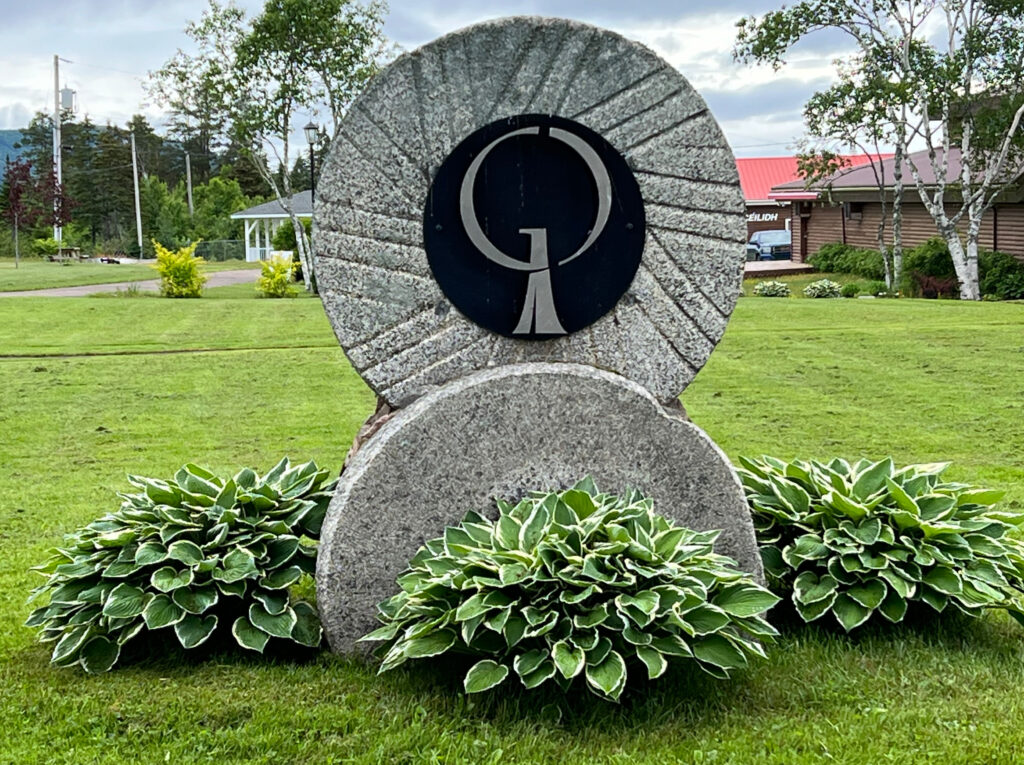
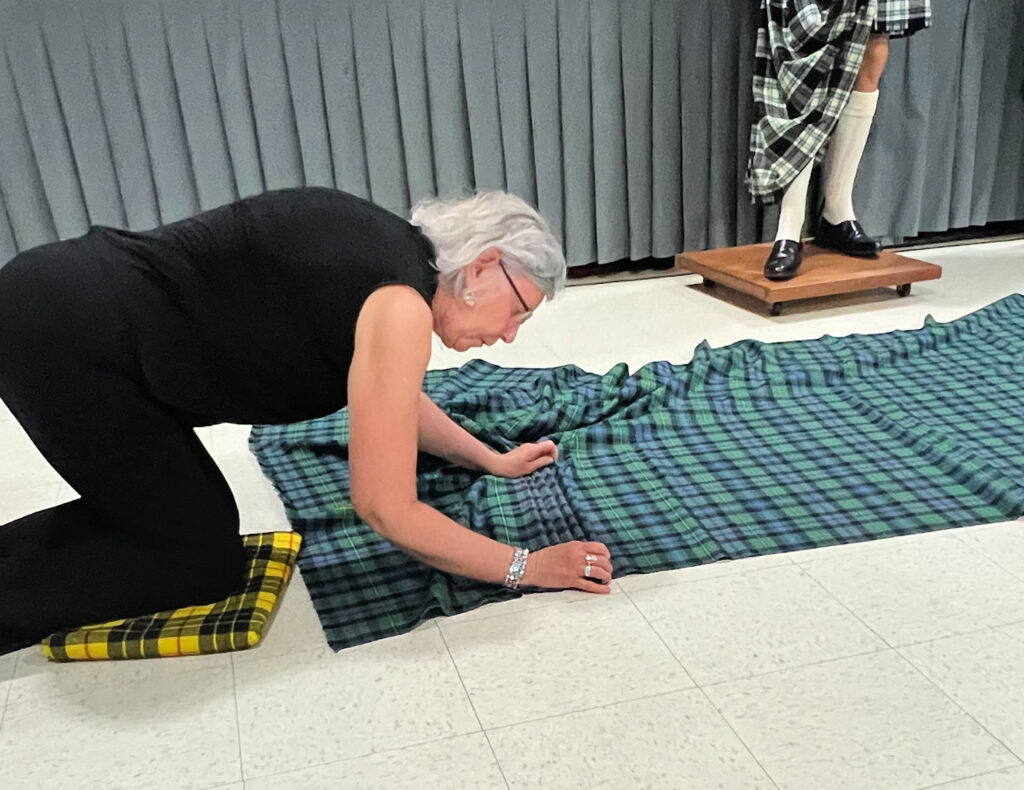
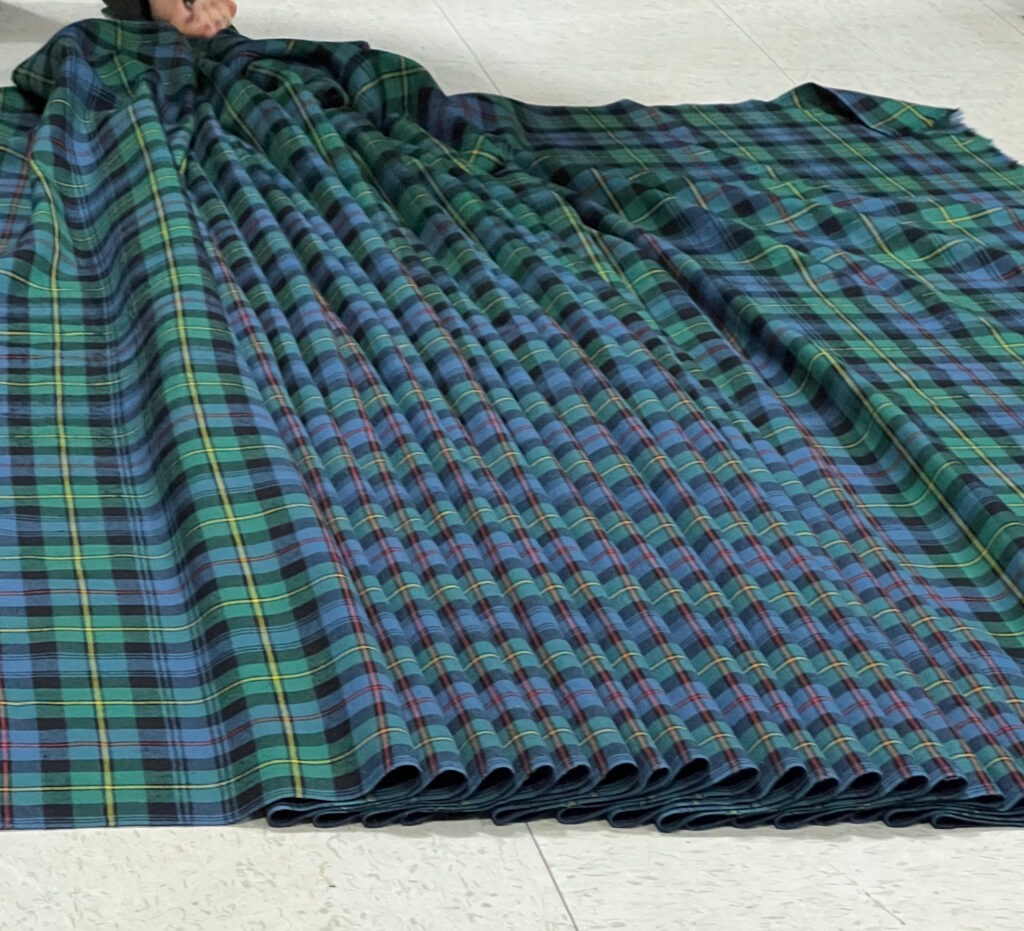
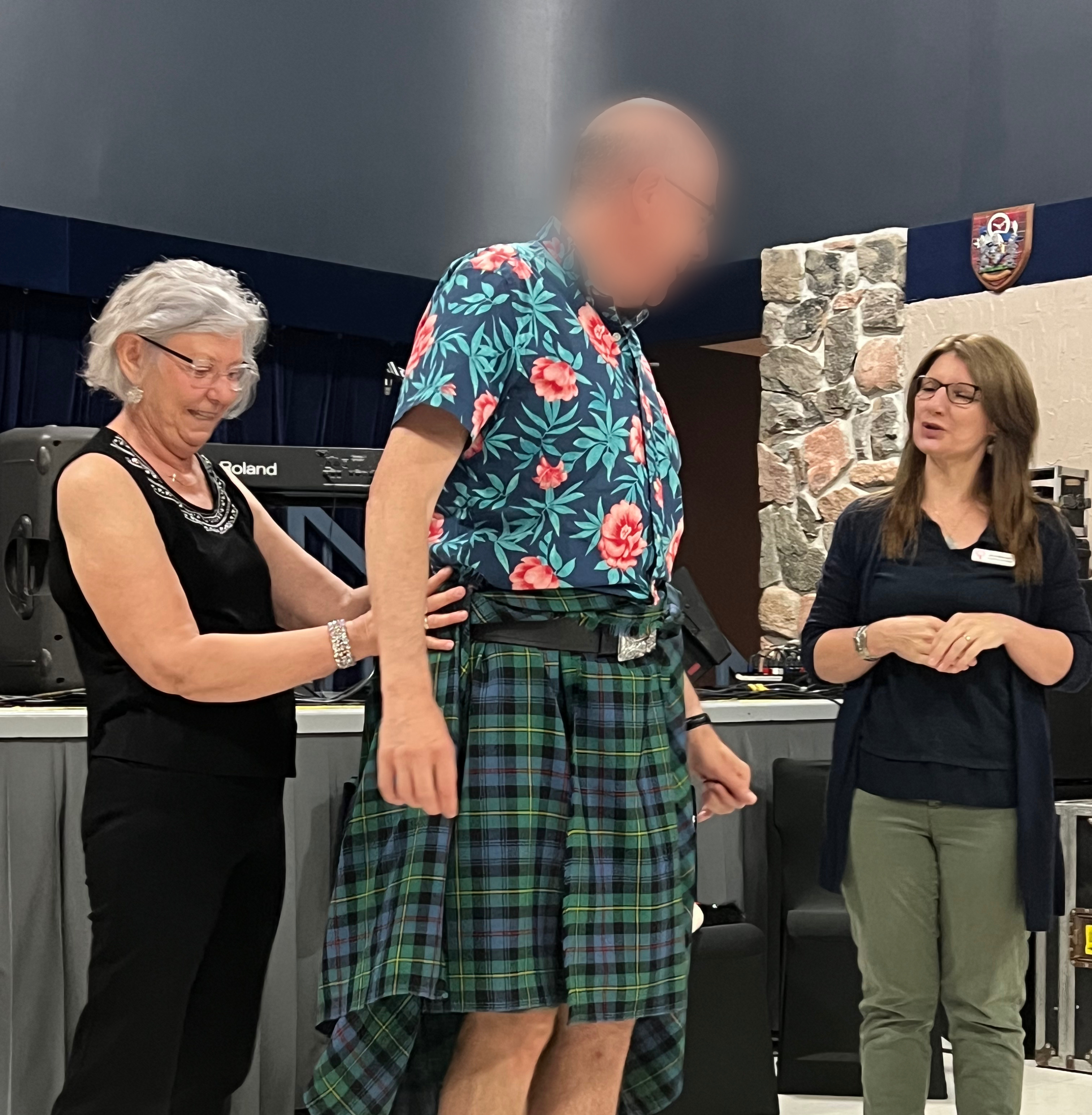

Our time on Cape Breton Island afforded us opportunities to see beautiful scenery and to learn more about the culture, science and history of the people calling Cape Breton home. These are just a few more pictures of the lovely landscapes we enjoyed.
